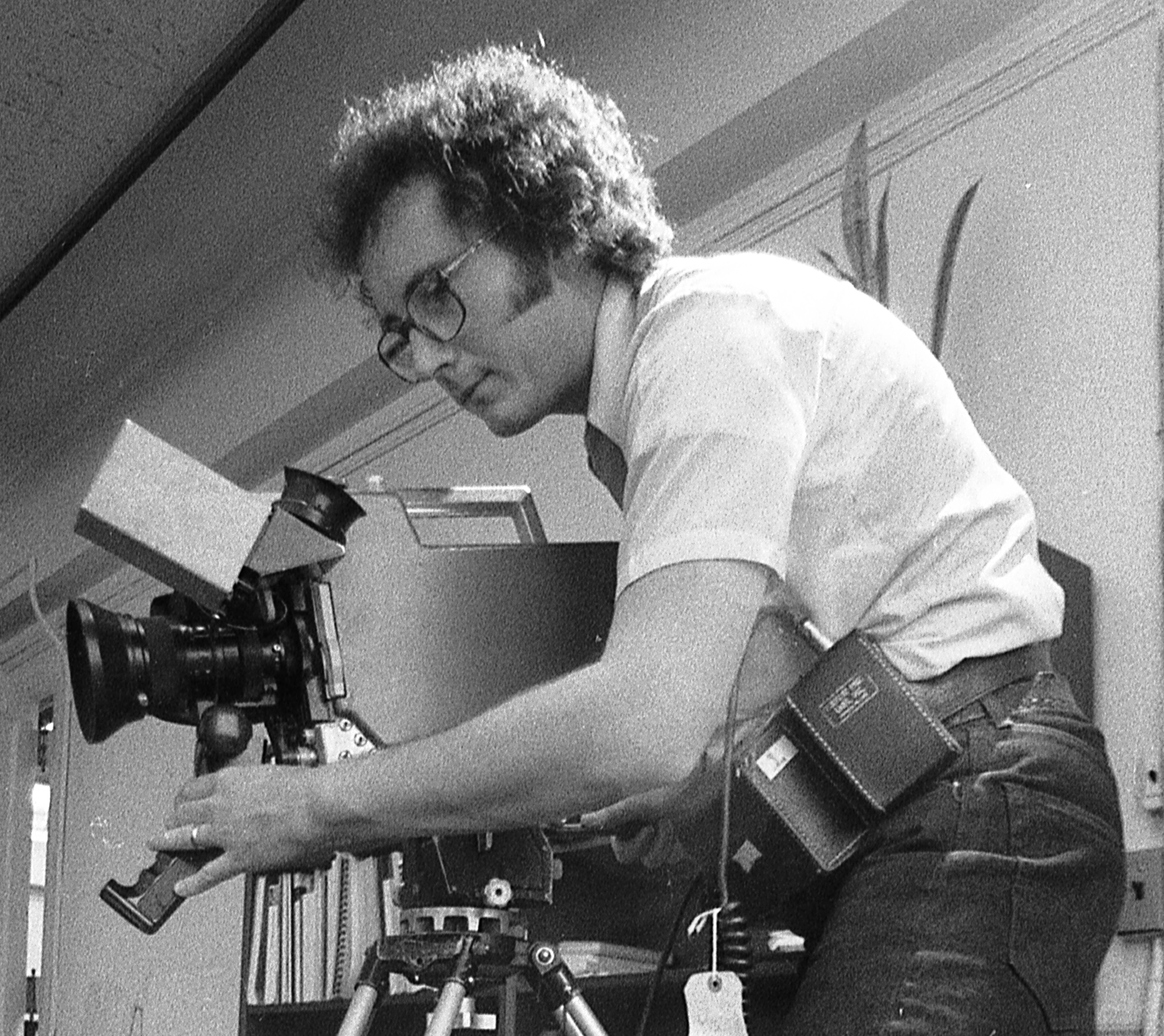Unleashing the Benefits of Hybrid Live Production with Orchestration
Orchestration systems for hybrid live production must integrate both on-premises and cloud resources seamlessly

Cloud technology is making itself at home in the broadcast sector, and not just in post-production or distribution, but increasingly for live production and playout. Flexibility, scalability and cost efficiency await the organizations that adopt these solutions, particularly when extra processing capacity is needed above the normal levels compared to building extra capacity in-house.
However, it remains unlikely that all production resources will find their way into cloud infrastructure. For example, running all broadcast processes is likely to work out more costly than owning some of the resources.
So where does this leave broadcasters? In practice, a mixture of on-premises (ground) and cloud production setups allows adopters to benefit from the best of both worlds. For example, everyday production and crisis-situations broadcasting might be handled by on-prem equipment, while cloud would handle peaks above normal usage, such as special events.
But the adoption of hybrid production raises questions as to how workflows spanning resources from on-premises to the cloud are effectively managed—otherwise production staff may be drawn away from focusing on delivering engaging content. Management of these workflows, or orchestration, is therefore essential.
Framing Orchestration for a Hybrid Future
Whether it’s live production in the cloud, outsourcing part of an on-prem production into the cloud as a hybrid workflow, or delivery of live content to a pop-up playout channel, they all require control over on-premises and cloud resources. They need to be connected with each other to ensure the safe and reliable flow of media.
The adoption of hybrid production raises questions as to how workflows spanning resources from on-premises to the cloud are effectively managed."
Controlling and orchestrating connectivity and signal routing in the cloud itself can often be handled by established static-events automation tools. For example, predefined automation templates can be quickly deployed to create cloud infrastructure. But this approach does not extend to on-premises resource control, which is often essential for larger live productions or permanent workflows.
Orchestration systems for hybrid live production must therefore integrate both on-premises and cloud resources seamlessly. The goal should be for these workflows to be managed in the same way as a traditional master control room or production gallery, with end-to-end visibility, monitoring, and efficient management of both on-premises resources such as bandwidth, ports and equipment, and cloud instances.
Must-Have Features for Orchestration Systems
In hybrid live production setups, operators should simply be able to select a source and a receiver, whether they are based on-premises or in the cloud. The orchestration system should then be able to automatically allocate the required encoders, ARQ protection and cloud gateways from a managed pool of resources.
For example, choosing the right compression technology is often a balance between quality, bandwidth and latency, and configuration might cover codec parameters, encryption and network addressing.
The professional video industry's #1 source for news, trends and product and tech information. Sign up below.
All of these decisions should be made by the system in the background, ensuring that users aren’t presented with unnecessary complexity. To make the management process even more seamless for staff, an intuitive control surface, such as a familiar hardware panel or an easy-to-use software interface, would allow them to keep track of on-premises, ground-to-cloud-cloud-to-ground (GCCG) and cloud workflows.
A hybrid connection may cover a number of networks, including the on-premises production network, dedicated WAN links and unmanaged networks such as the internet. An orchestration system must monitor these network types and provide redundancy in the event of failure. It also needs to handle multi-vendor equipment, including IP switches, cameras, switchers, servers and multiviewers, to ensure end-to-end control. Transcoding between on-premises feeds and cloud receivers is also essential, alongside orchestration of the connectivity to the cloud and between cloud-native applications.
In order to make the best use of the pay-per-use model offered by a cloud solution, the orchestration system should be able to interface with public cloud providers and automate the scaling of cloud instances by spinning them up or down. If a connection is no longer needed, automatic termination of cloud processing instances can save on hosting costs. Where spinning instances up and down isn’t practical, such as for larger instances in a cloud-based video switcher, starting and stopping instances can also reduce costs, although typically not as much as the spinning option.
And just as importantly, no orchestration system should be lacking in effective security measures. While public clouds usually offer enterprise-grade security, the system must cover secure communication between on-premises devices and cloud instances. It can do this via encrypted communication protocols, role-based access control (RBAC), integration with identity and access management systems via Single Sign-On, ARQ stream encryption management and audit logging for full traceability of operations.
The Importance of an Integrated Orchestration Approach
As live production evolves, the broadcast industry is embracing hybrid models that blend the strengths of on-premises infrastructure with the flexibility of cloud. But to unlock the full value of this approach, orchestration must take center stage to provide the operational efficiency, cost control, and resilience. Systems that can intelligently and seamlessly manage resources across both environments will define the future of live production.
Looking ahead, AI could enhance the automation and efficiency of orchestration systems, automating complex workflows, reducing manual intervention, and minimizing human error. With dynamic scaling of resources also an AI-led possibility, organizations will be further empowered to make a success of hybrid live production and continue to create high-quality content for audiences.
Olivier Suard is VP of Marketing for Nevion

